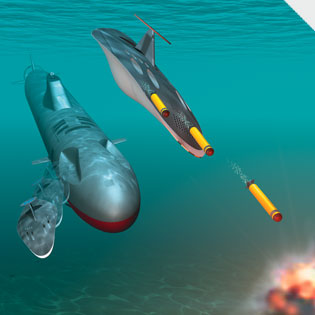

The problem with minivans is that they tend to look a lot like minivans. That’s why we were so excited when we saw Nissan’s Quest concept at the 2002 Detroit show. For the first time, someone had something different — daring, even. One year later, the production version has watered down the original striking shape. The concept’s defiant beltline kick has now been softened to a limp upward swell, the narrow and aggressive headlamp treatment has gained a sad-dog look, and the still-pretty dash that had been a model of simplicity and elegance is now festooned with the usual panoply of buttons. How does something like this happen? “A concept doesn’t always meld with reality,” notes Marek, who moonlights as a faculty member at the Art Center College of Design, one of the top auto design schools in the world. “Your manufacturing capabilities may be old, you may need more interior room, you may show something really avant-garde that you simply can’t produce. I think Nissan did what they aimed to do, but there’s a long way to go in minivan design.”














